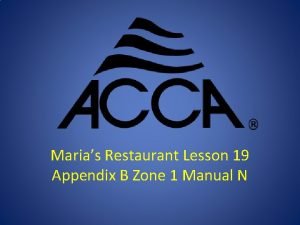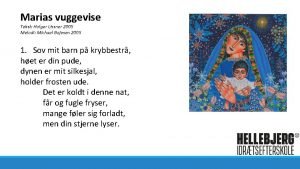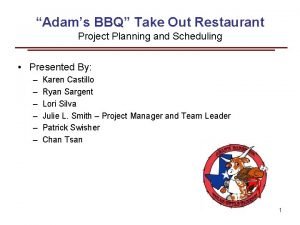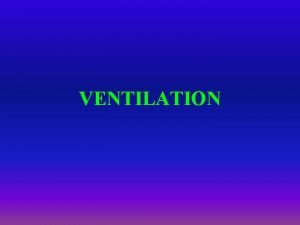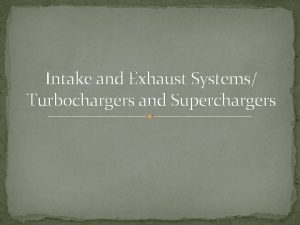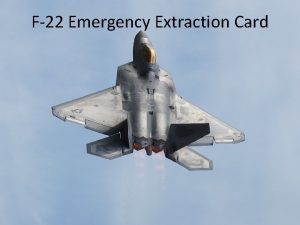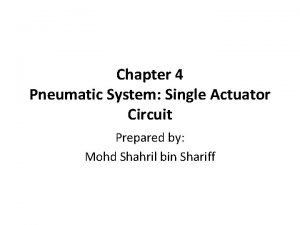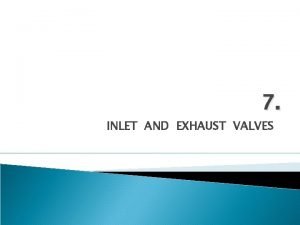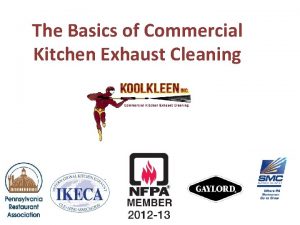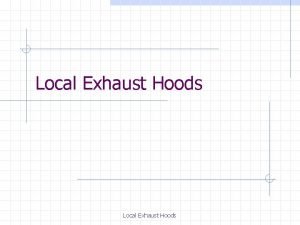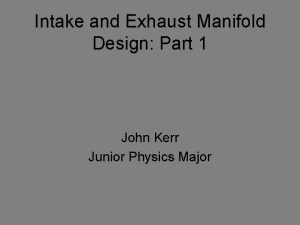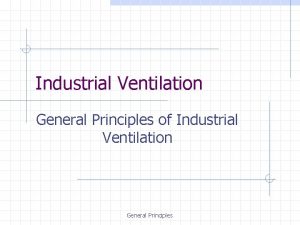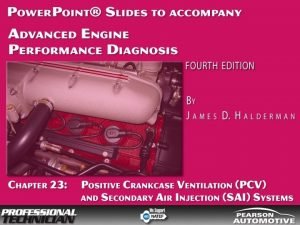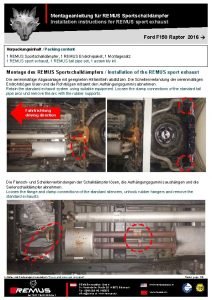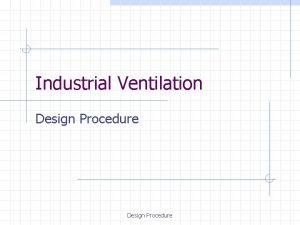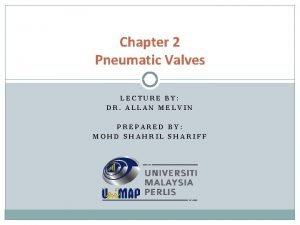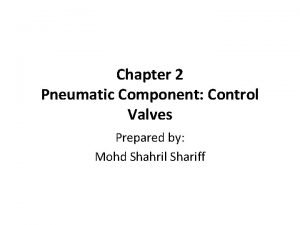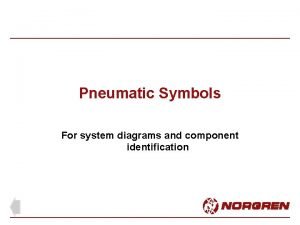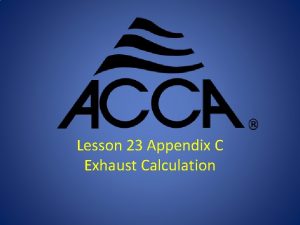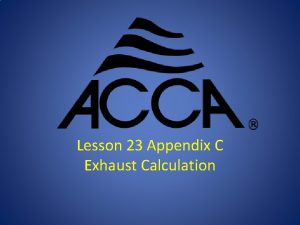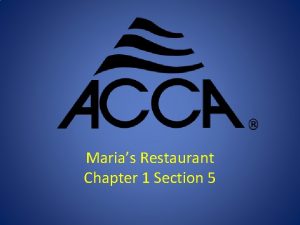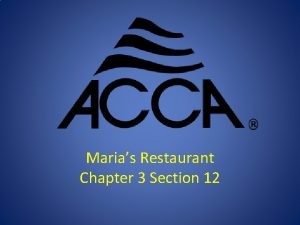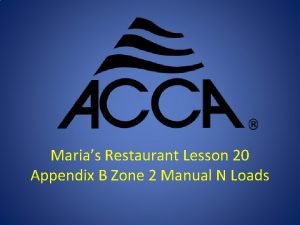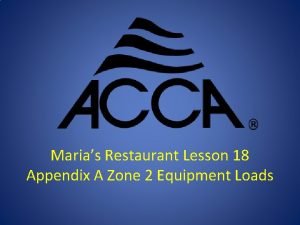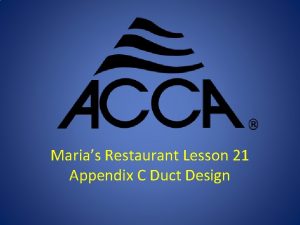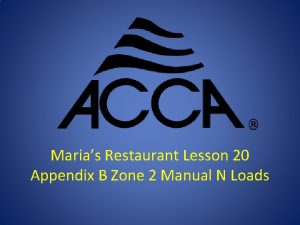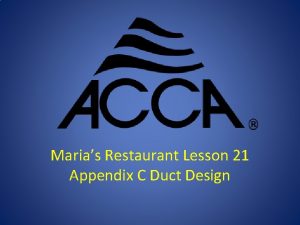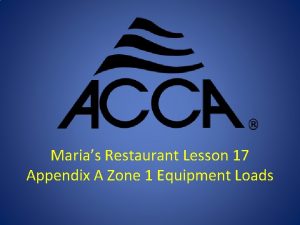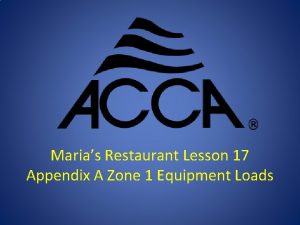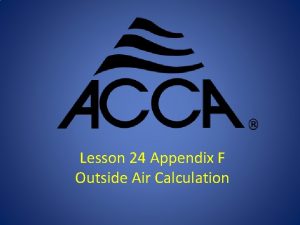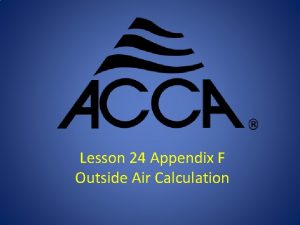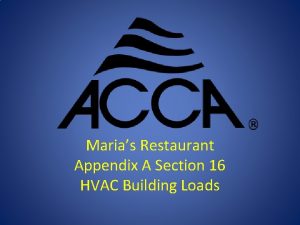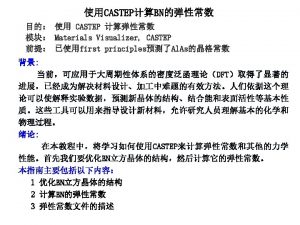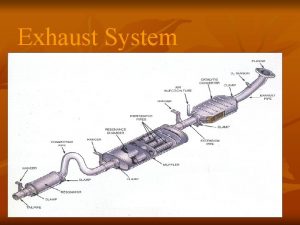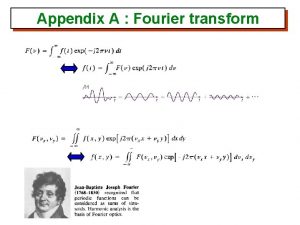Lesson 23 Appendix C Exhaust Calculation Marias Restaurant























- Slides: 23

Lesson 23 Appendix C Exhaust Calculation

Maria’s Restaurant Maria’s

Maria’s Restaurant Design Shelving/Storage Fry CT/O 25 ft. 1 standard Shelv. C 2 S 1 SP C 3 SK WH R 2 F 2 S 1 1 handicap B 2 1 urinal B 1 S 3 Bar Men’s Restroom Bar 12 X 10 Seating 12 R 4 Restaurant 33 X 15, 11 X 4 & 11 X 6 Seating 58 H 1 Kitchen Area = 533 Sqft Woman Rest Room = 110 Sqft Bar Area = 180 Sqft Dinning Area = 605 Sqft 66 ft. Bar Area = 180 Sqft Men Rest Room = 99 Sqft Entry Area = 120 Sqft Counter F 1 Shelv. . R 1 C 1 DW Woman’s Restroom S 2 1 handicap C 7 Ice C 6 R 3 (Staff: Maria & 6 Employees each shift. Glass Store Front and front door)

Kitchen Exhaust Requirements Typical Type 1 Exhaust Hood With Perforated Perimeter Supply (11. 5 ft. linear length 3, 450 CFM hood with 1, 150 CFM untempered ASHRAE 62 Class 1 makeup air)

Hood Types Double Island Canopy Eyebrow

Hood Types Wall Mounted Canopy Pass Over

Hood Types Single Island Canopy Back Shelf

Hood Duty Definitions Light Duty: Gas & Electric Ovens, steamers, and ranges. Food Warmers, pasta cookers, pizza ovens, Non- cooking appliance, smoker, rotisserie. Medium Duty: Combi-Ovens, Gas & Electric Fryers, Griddles, Tilting skillets, tilting braising pans grill, hibachi grill, salamander

Hood Duty Definitions Heavy Duty: Upright broiler, electric Char-broiler Extra-Heavy Duty: Gas Char-broiler, Mesquite, infrared broiler, lava rock char-broiler, wok, chain broiler.

Hood Type Definitions Type I hoods: Required over cooking equipment that produces grease laden effluent. Must have a sealed or welded exhaust duct system. Type II hoods: Used over cooking equipment that does not produce grease.

Type 1 Exhaust Hood CFM 2015 Uniform Mechanical Code (IMC) Airflow Requirement (air class 2) Airflow by Duty (CFM per linear foot of hood) Type of Hood Light 250 Medium Heavy 300 400 Eyebrow 250 Not Allowed Single Island Canopy Wall Mounted Canopy 400 200 500 300 600 400 Backshelf/Passover Double Island Canopy 11. 5 ft hood X 300 CFM = 3, 450 CFM

Type 2 Exhaust Hood CFM Type 2 used for dishwasher/humidity removal: Not Less Than 200 CFM per linear foot of hood. 3 ft hood X 200 CFM = 600 CFM

Operational Outside Air Minimums Outside air required for the kitchen side of the building by ASHRAE 62. 1 is 119 CFM: Thus, 119 CFM must be brought in at all times. 4, 050 CFM will be exhausted through the two kitchen exhaust hoods. That will leave a negative 3, 931 CFM of air if only 119 CFM is brought in from the outside. Thus, an additional 3, 931 CFM of air will need to be brought into the kitchen if it is to remain at a neutral pressure with respect to the outside. (slightly positive to the outside is preferable)

Kitchen Exhaust Total Cooking Hood: Dish washer Hood: Total: 3, 450 CFM 600 CFM 4, 050 CFM

Kitchen Exhaust & OA Sketch AIR In 1, 150 CFM EX. AIR In 600 CFM #2 Package Heat Pump ERV EX. AIR EX 1 AIR In 500 CFM EX 2 Supply Air 3, 200 CFM AIR In Setting 1: 1, 900 CFM Setting 2: 100 CFM EX AIR OUT 500 CFM 2 Bathrooms Airflow ½ each Return Air EX 2 AIR 600 CFM Setting 1: 1, 300 CFM EX AIR Speed/Setting 1: 3, 450 CFM Speed/Setting 2: 1, 650 CFM Setting 2: 3, 100 CFM Kitchen Area (+0. 001” IWC) Bar & Dining Area (+0. 004” IWC)

The Total. Kitchen CFM Requiring heating and cooling Exhaust Total is Lowered to: 4, 050 – 2, 050 = 2, 000 Cooking Hood: Dish washer Hood: Total: 3, 450 CFM 600 CFM 4, 050 CFM Bring 1, 150 CFM into the hood by a separate outside air fan. Bring 600 CFM to dish wash area when exhaust hood is on through designated outside air fan. Bring 500 CFM into kitchen area from Bathroom ERV constant volume.

Kitchen Exhaust & OA Sketch AIR In 1, 150 CFM EX. AIR In 600 CFM #2 Package Heat Pump ERV EX. AIR EX 1 AIR In 500 CFM EX 2 Supply Air 3, 200 CFM AIR In Setting 1: 1, 900 CFM Setting 2: 100 CFM EX AIR OUT 500 CFM 2 Bathrooms Airflow ½ each Return Air EX 2 AIR 600 CFM Setting 1: 1, 300 CFM EX AIR Speed/Setting 1: 3, 450 CFM Speed/Setting 2: 1, 650 CFM Setting 2: 3, 100 CFM Kitchen Area (+0. 001” IWC) Bar & Dining Area (+0. 004” IWC)

Kitchen Exhaust Requirements Typical Type 1 Exhaust Hood With Perforated Perimeter Supply (11. 5 ft. linear length 3, 450 CFM hood with 1, 150 CFM untempered ASHRAE 62 Class 1 makeup air)

Further Savings: Two Speed Type I Exhaust Hood The Type I hood selected is designed with an automated control that senses usage. When there is no usage, down and the hood fan lowers it’s speed so only 1, 650 CFM are being exhausted by the hood when the cooking equipment is not being used. Thus, only 100 CFM is being conditioned by the Kitchen HVAC system.

Kitchen Exhaust & OA Sketch AIR In 1, 150 CFM EX. AIR In 600 CFM #2 Package Heat Pump ERV EX. AIR EX 1 AIR In 500 CFM EX 2 Supply Air 3, 200 CFM AIR In Setting 1: 1, 900 CFM Setting 2: 100 CFM EX AIR OUT 500 CFM 2 Bathrooms Airflow ½ each Return Air EX 2 AIR 600 CFM Setting 1: 1, 300 CFM EX AIR Speed/Setting 1: 3, 450 CFM Speed/Setting 2: 1, 650 CFM Setting 2: 3, 100 CFM Kitchen Area (+0. 001” IWC) Bar & Dining Area (+0. 004” IWC)

Dining & Bar Exhaust & OA Sketch AIR In 500 CFM ERV EX. AIR Kitchen Area (+0. 001” IWC) # 1 Package Heat Pump EX AIR OUT 500 CFM 2 Bathrooms Airflow ½ each Supply Air 2, 400 CFM Bar & Dining Area (+0. 004” IWC) Return Air 1, 711 CFM AIR In 689 CFM

Dedicated Outdoor Air Unit

Field Notes Technicians should be able to identify imbalances in exhaust and makeup air by simply verifying airflow directions. Technicians can use a piece of tissue or a smoke pencil to identify airflow paths and the relative building pressures they indicate. Most commercial buildings have an airflow related problem somewhere within their walls. Understanding how the systems work together is very important before making an adjustment to any of the components.
 Michael marias
Michael marias O sentimento dum ocidental recursos expressivos
O sentimento dum ocidental recursos expressivos Vuggevise tekst
Vuggevise tekst Wbs for restaurant project
Wbs for restaurant project Lesson plan for hotel and restaurant management
Lesson plan for hotel and restaurant management Lev system design
Lev system design Intake and exhaust systems
Intake and exhaust systems Exhaust technology pvt ltd
Exhaust technology pvt ltd F22 apu
F22 apu Supply air throttling is the method of speed control of
Supply air throttling is the method of speed control of Exhaust valve cage
Exhaust valve cage Kitchen exhaust cleaning philadelphia
Kitchen exhaust cleaning philadelphia Acid exhaust
Acid exhaust Vehicle mounted pumps
Vehicle mounted pumps Enclosing hood
Enclosing hood Turbo intake manifold design
Turbo intake manifold design Industrial ventilation engineering principles
Industrial ventilation engineering principles The pcv system controls which exhaust emission(s)?
The pcv system controls which exhaust emission(s)? Remus exhaust installation instructions
Remus exhaust installation instructions Spospin
Spospin Smoke exhaust
Smoke exhaust Pneumatic dcv
Pneumatic dcv 2/2 dcv symbol
2/2 dcv symbol Pneumatic system symbol
Pneumatic system symbol
